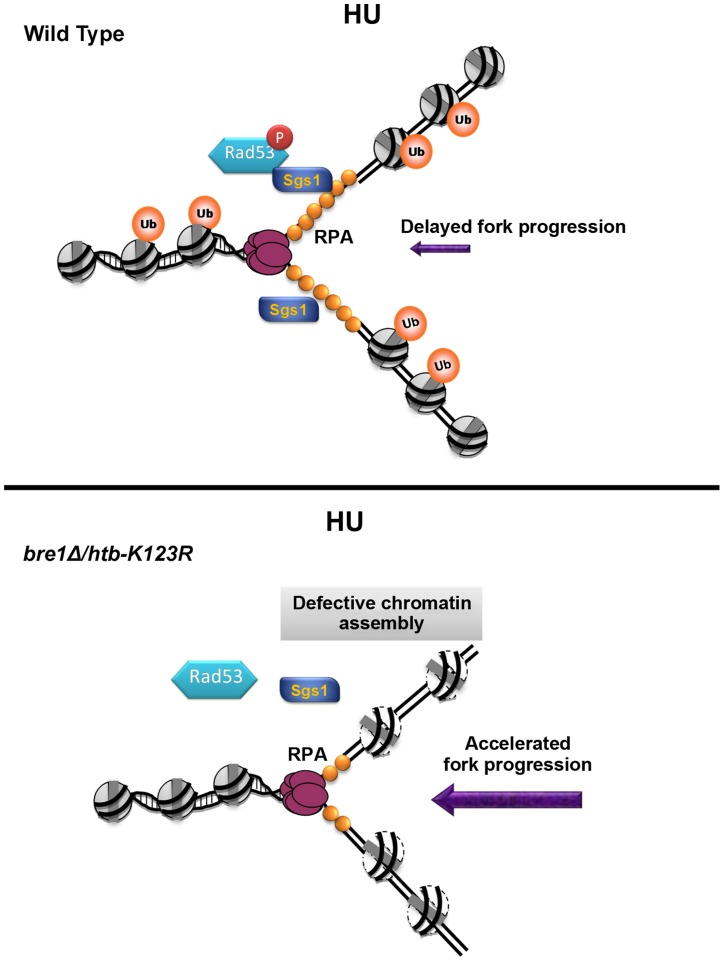Figure 8. A model for how H2B mono-ubiquitylation facilitates fork stability under replication stress.
Upon HU-induced stress, H2Bub promotes nucleosome assembly, which assists replication fork stalling, Sgs1 recruitment, and Rad53 phosphorylation. The reassembly of chromatin on nascent DNA restricts fork progression and promotes replication fork stability and its recovery after the removal of HU. In the absence of H2Bub (bre1Δ/htb-K123R), replication fork movement is faster than even that observed under nucleotide depletion by HU, which results in shorter tracts of RPA-coated-single-stranded DNA. This in turn reduces retention of Sgs1 at the forks, and delays phosphorylation of Rad53.

